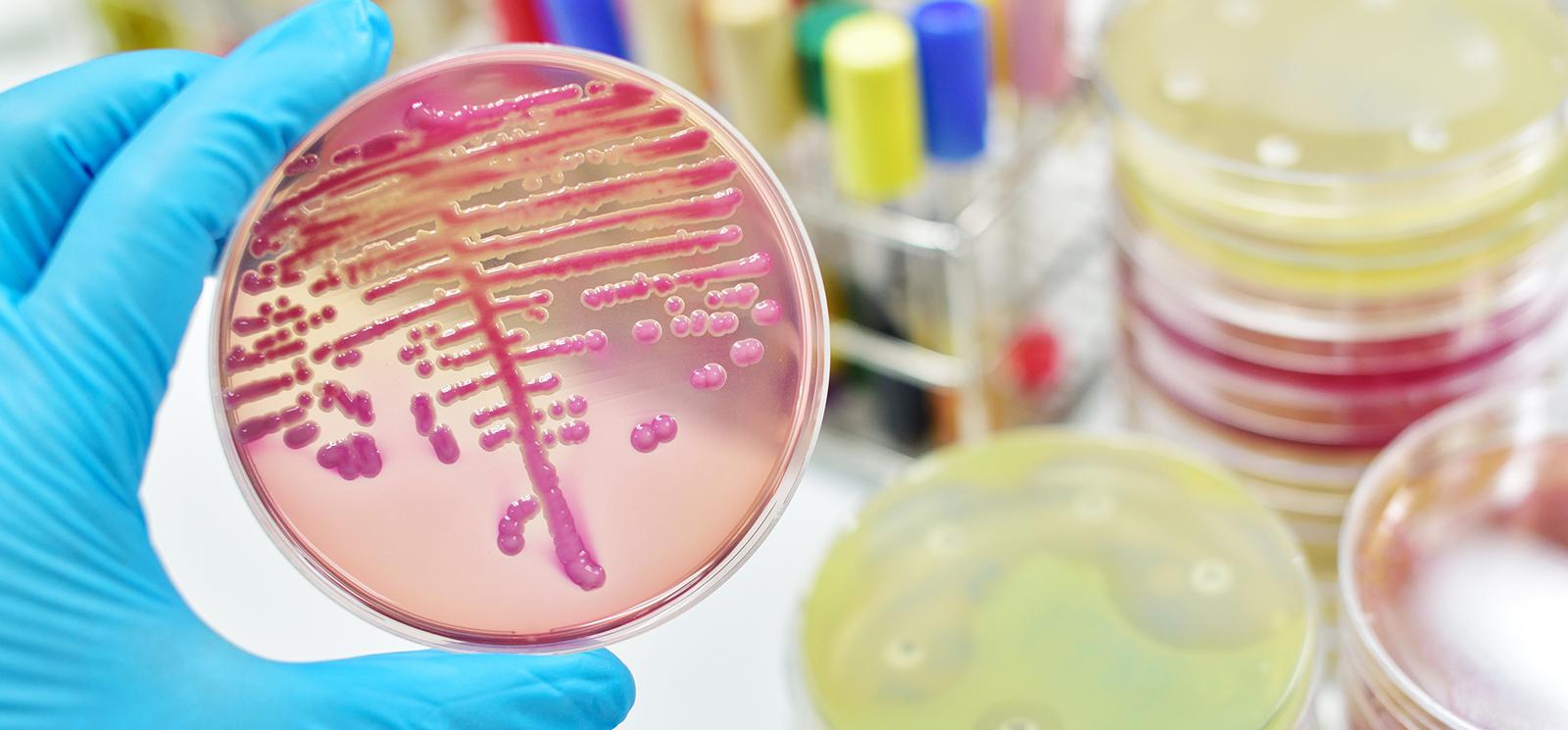Infectious Diseases
The medical technology industry is continually advancing and developing new innovations that improve the health and well-being of patients worldwide.
What are Infectious Diseases?
Infectious diseases are caused by pathogenic microorganisms, such as bacteria, viruses, parasites or fungi, and each year millions of Americans are affected by them.1 Many infectious diseases have minor complications if diagnosed and treated appropriately. But left untreated, others—including pneumonia, tuberculosis, HIV and meningitis—can be life-threatening.2
Did You Know
Infectious diseases pose a greater challenge today than they did even two decades ago.
- New bacteria, viruses, fungi and parasites emerge and evolve each year.3
- Densely populated regions and easy travel accelerate the spread of infectious disease.4
- Antibiotic resistance is a major global health concern. More than 2 million Americans develop drug-resistant infections each year.5
Fighting Infectious Diseases with Diagnostic Tests
Diagnostic tests play a valuable role in the detection and prevention of infectious diseases. Microbiological tests are used to detect disease-causing agents to determine whether a patient has ailments ranging from strep throat to the West Nile virus. Various diagnostic tests have been developed to identify emerging infections and thus help prepare for, prevent, and respond to infectious disease outbreaks.
References
[1] Health, United States, 2014. Centers for Disease Control and Prevention, accessed Feb. 16, 2016 at http://www.cdc.gov/nchs/fastats/infectious-disease.htm.
[2] Mayo Clinic, accessed Feb. 16, 2016 at http://www.mayoclinic.org/diseases-conditions/infectious-diseases/sympto....
[3] Facts About ID. Infectious Diseases Society of America, accessed Feb. 16, 2016 at http://www.idsociety.org/Facts_About_ID.
[4] Ibid.
[5] Antibiotic/Antimicrobial Resistance. Centers for Disease Control and Prevention, accessed Feb. 16, 2016 at http://www.cdc.gov/drugresistance.
